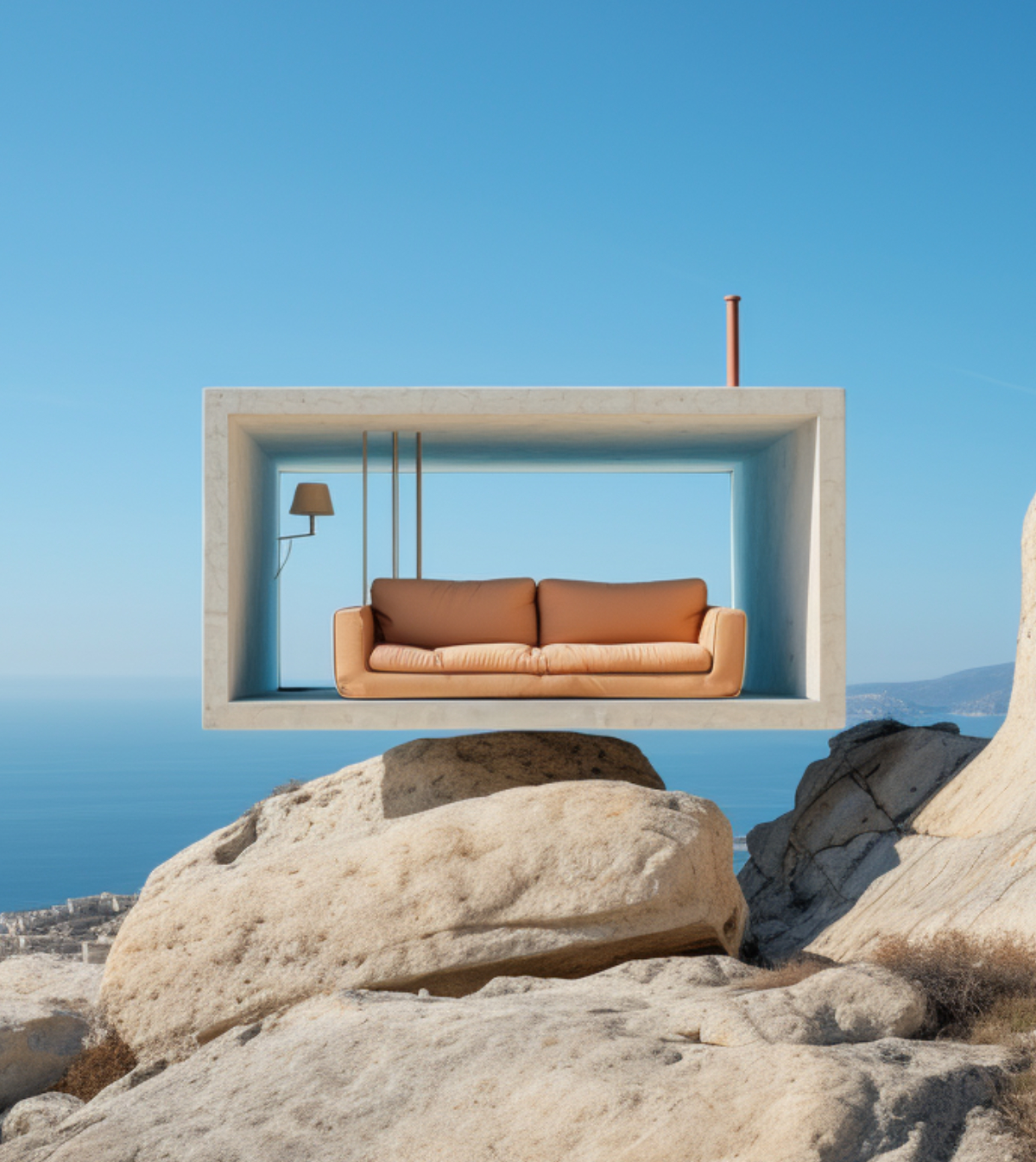Bicycle highways are being introduced more and more in urban areas, with green initiatives making it an increasingly popular way to commute into work. Battling with congestion and road traffic, DISSING+WEITLING Architecture conceived two of the world’s most innovative and efficient urban bicycle highways.
Cykelslangen (Bicycle Snake), Copenhagen
Copenhagen stands out as one of the most bicycle-friendly cities in the world, with bicycles outnumbering cars in the city centre since 2016. However, not content with simply being “great” Copenhagen took efforts to become THE best city for cycling in the world with its construction of Cykelslangen or Bicycle Snake.

Cykelslangen is Copenhagen’s Bicycle Snake elevated cycle bridge. Image source
The popular Fisketorvet shopping center was often congested and created conflict between its pedestrian shoppers and the city’s cycling commuters. Eager to get easily from Kalvebod Brygge over to Island Brygge, cyclists needed an alternative route that would keep them away from the area’s pedestrian traffic.

Cykelslangen helps alleviate congestion in the popular Fisketorvet shopping center. Image source
DISSING+WEITLING Architecture were the creative minds behind the Bicycle Snake, designing a new long bicycle ramp/bridge that takes off from Havneholmen and continues in a winding course along Fisketorvet towards the shopping center's main entrance. Cykelslangen manages to completely separate cyclists from pedestrians, allowing for a smoother commute all while offering beautiful views of the cycle-safe city of Copenhagen.

Cykelslangen helps cycling commuters travel from Kalvebod Brygge to Island Brygge. Image source
The Bicycle Snake stands 6-7 metres above sea level, covering a distance of 190 metres with 30 metres of ramp. Constructed of steel, the bridge has a light and elegant look in keeping with the city’s aesthetic, and its surface is bright orange to create a clear visual course for cyclists. And with built-in lighting, the bridge is safe to use at night and has become a bright visual element of the city skyline.
Xiamen Bicycle Skyway, China
Before constructing their Bicycle Snake in their hometown of Copenhagen, the Danish firm Dissing + Weitling Architecture first designed the Xiamen Bicycle Skyway in China’s Fujian province.
The elevated cycling path dwarfs the Copenhagen equivalent, running a total of 7.6 kilometres elevated 5 metres above the road, but set just below the raised BRT bus transit line in the city's downtown area.

The world’s longest bicycle highway is the Xiamen Bicycle Skyway. Image source
"The skyway exclusively for bicycles isn't only the first of its kind in China, it also happens to be the world’s longest," said Dissing + Weitling Architecture, which also designed The Bicycle Snake in Copenhagen.
The Xiamen Bicycle Skyway measures 4.8 metres wide, allowing several bicycles to travel side-by-side along its green-coloured route. The complex bicycle highway helps cyclists navigate the city’s busy roads, featuring 11 entry and exit points - including one looped one - cycling commuters can access bus and BRT stations, overpasses, shopping malls, and other public buildings.

Commissioned by the City Government of Xiamen, the Bicycle Skyway runs a total of 7.6 kilometres. Image source
The bicycle highway was commissioned by the City Government of Xiamen, Xiamen Municipal Planning and Design Administration in order to reduce traffic congestion, and help promote greener and more sustainable forms of public transportation in the city.
"Bicycles are returning in popularity among China's urbanites, mostly due to the omnipresent traffic jams, although many are also appreciative of its health and environmental benefits," the architects explained. "Not to mention that grabbing the bike is an efficient, easy and fun way of getting around in the cities, especially for short commutes."
European Velo Stops architecture competition
The European Velo Stops architecture competition is tasking participants with designing rest stop cabins for travellers along Europe’s large-scale EuroVelo cycle path network. Designs for the cabins will need to ensure that they can be replicated at multiple locations along the EuroVelo 6 route, which traverses the continent from the Atlantic ocean to the Black Sea.
The jury are looking for simple designs in keeping with the natural surroundings, rather than overly sophisticated projects that have the potential to mar the landscape. Winning designs will be considered for construction as a part of the Bright Blueprint initiative as a way to help support Europe's Velo culture.
Top 3 Reasons Why You Should Enter Architecture Competitions
Curious about the value of architecture competitions? Discover the transformative power they can have on your career - from igniting creativity and turning designs into reality, to gaining international recognition.
Learn more























